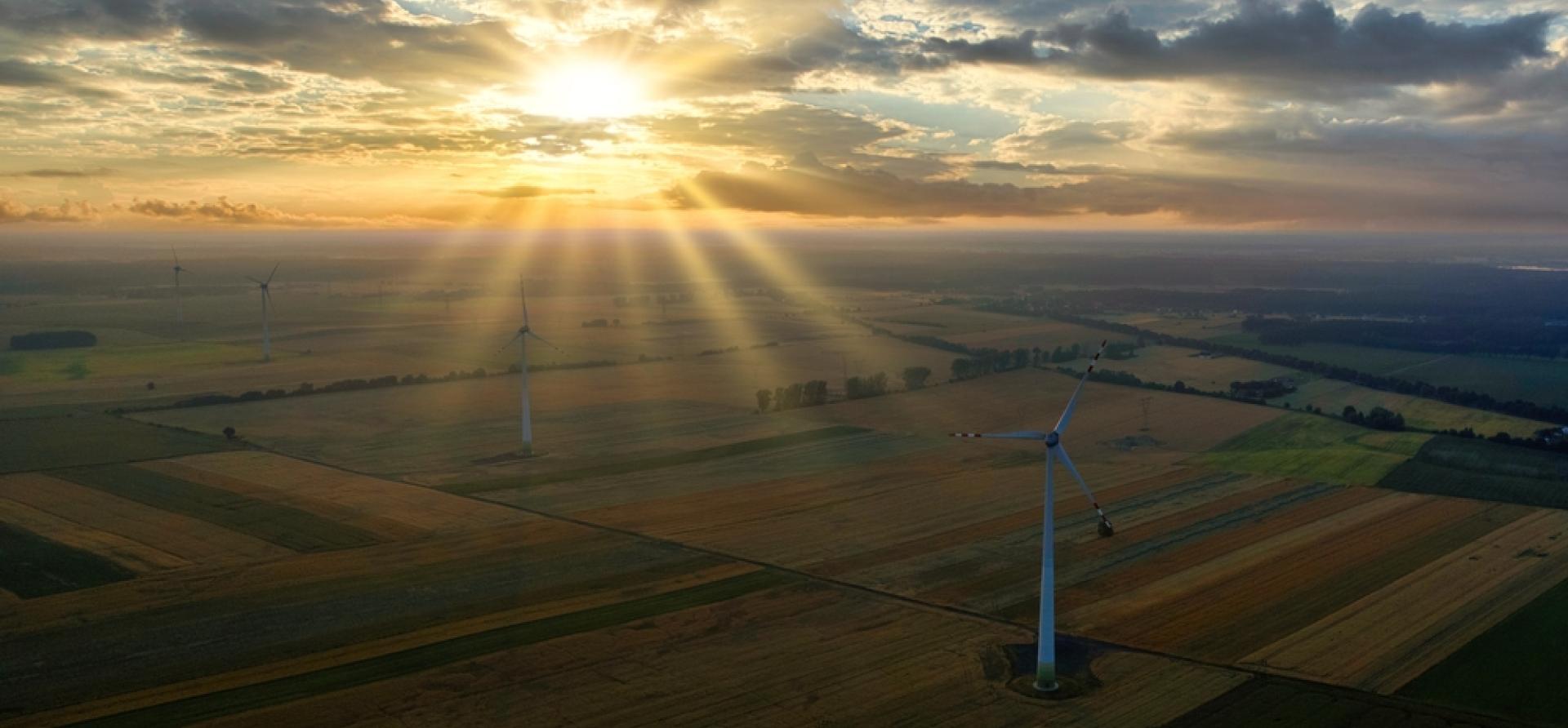Choosing the right incentive for Pakistan’s renewable energy industry
Download Full Report
View Press Release

Key Findings
The lackluster response to a Request for Proposal (RFP) floated by Pakistani authorities for a 600 MW solar power project at Muzaffargarh indicates a high-risk environment and a low benchmark tariff as the key deterrents to new renewable energy added through auctions.
Renewable energy has been added to the system mainly through an upfront or a cost-plus tariff regime, but both were discontinued in 2016.
Auctions have been ordained in place of these fixed incentives but pending for almost five years now.
IEEFA’s assessment reveals an optimum benchmark tariff range of 4.2-5.8 USc/KWh (US cents per kilowatt-hour) for solar power in Pakistan, depending on the type of financing involved.
Executive Summary
Pakistan’s flagship solar power project of 600 MWp at Muzaffargarh has been deemed too risky for investment given the country’s challenging politico-economic landscape, according to a recent statement by Gerd Schober, Team Leader of the Renewable Energy and Energy Efficiency (REEE II) project at the Deutsche Gesellschaft für Internationale Zusammenarbeit (GIZ). This points to the deeply troubled state of foreign investments in Pakistan, and the country’s failure to initiate competition in the power sector.
Struggling with the burden of a heavy import bill and a rapidly deteriorating economy, the Government of Pakistan decided to bring reforms to its power sector by introducing a program designed to replace liquefied natural gas (LNG) and natural gas fired capacity with solar power.
Announced in October 2022, the ‘Fast Track Solar PV Initiatives 2022’ envisioned the addition of approximately 10,000 MW of solar power to the grid in three phases: 1) 6,000 MW of utility-scale solar as a substitute for imported fuel; 2) Induction of 2,000 MW of solar power into 11 KV feeders; and 3) Addition of 1,000 MW through solarization of public buildings.
A request for proposals (RFP) inviting bids for the program was floated on February 15, with an initial deadline to purchase RFP documents until March 10 and an allowance for bid submissions up to April 17. This deadline has so far been extended thrice, owing mainly to a lack of interest from project developers. This is despite the fact that the scheme offers an extremely lucrative package through the provision of land, guaranteed off-take for 25 years, tax breaks and a 70% dollar indexed tariff.
The latest extension allowed RFP purchasing till May 15 and bid submission up to May 31. However, not even a single bid was received for the project in a shocking development.
Schober’s remarks illuminate exactly as to why this may have happened. He further contended that Pakistan’s renewable energy market was not mature enough and other developed markets in Europe offered better incentives. The benchmark tariff of 3.4108 USc/KWh was also deemed too low, as both international and domestic interest rates have gone up lately.
The German renewable energy industry isn’t the only one with these concerns. The sentiment is shared widely amongst local renewable energy developers, who term policy lending rates too high at the moment. They argue that agreeing to the current benchmark tariff would cut severely into profit margins.
Although the success of this venture is yet to be determined, if the rumor mill is any indication, the picture now looks less than rosy.
If the market isn’t mature yet, is it even practical to move towards competition? Or is it that the government is expecting too much of investors without enough compensation for risk?















